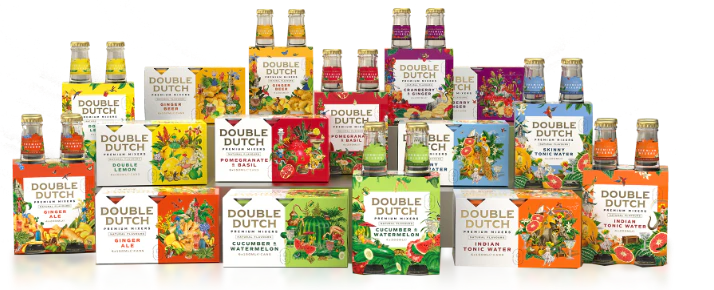How is tonic water made?
There are any number of drinks described as ‘tonics’ these days - usually they have two significant features. They’re carbonated and they have a herbal element that’s could be health-promoting. But the true, original, OG tonic water is incomparable. It has a tangy, bitter flavour that makes your tongue curl and then sends you back for more, and it’s the absolute twin for gin.
Okay, one of those facts might not be true, and rather than keep you guessing, we’ll tell you straight. Gin and tonic might be a classic today, but they would mix tonic water with just about anything at first. This could be anything from gin, rum, wine or even locally made spirits like arrack or toddy.
So how is tonic water created?
Back in the day, tonic water was a medicinal drink. It contained about six times the quinine that it does today, which must have been incredibly bitter! It would help treat the malaria that struck Western troops in the Indies. This is because it was so bitter, medics began mixing it with sugar and water to make it more palatable.
Tonic water’s journey to global domination had begun. What made tonic such a success was carbonation - the fizziness balanced the bittersweet flavour and created a taste sensation.
The Origins of Tonic Water
Let’s go back to the quinine though, because that’s a whole epic saga in its own right. Quinine comes from the bark of the cinchona tree which originated in tropical regions of the Americas. As well as the Caribbean, and Africa… nowhere near India.
How Did It Become Indian Tonic Water?
Indigenous communities were using the tree bark to treat malaria and sleeping sickness. The British army took note from watching them use it on themselves and their cattle.
Army medics began experimenting with it and the British exported the tree to their Indian colonies. They did this so they could grow a local supply for medicinal purposes. That’s why we call it Indian Tonic Water.

Development of Tonic
It didn’t take too long for the medicine to become a ‘tonic’. A drink used for general health - and people began drinking tonic water as a preventative rather than a treatment. By the 1850s they would bottle and export it for general consumption. As well as being drunk in India; it was like the superfood smoothie of the Victorian era.
Tonic Water Cocktails
Today we don’t think of tonic water as a medicinal drink as we used to. The amount of quinine it contains is low enough to impart flavour without having medical side effects.
Instead, we value it for the way that it forms the basis of many classic cocktails, the G&T of course. It’s also the basis for the vodka tonic and a fast-rising non-alcoholic cocktail made from cold brew coffee and tonic.
In fact, anywhere that mere fizz is not enough. Tonic water’s unique ability to lift flavours is likely to create an unforgettable drink.
Modern tonic water
There are many different forms of tonic water, but the three basic ingredients are carbonated water, quinine and sugar. Premium tonic waters now contain subtle botanicals. This is to round out the flavours and intensify the bittersweet paradox that is tonic water.
Our Favourite Tonic Water Recipes
Here are some of our favourite tonic water recipes:
Triple Tokyo
Think you know our Indian Tonic Water? Think again. Our Triple Tokyo Tequila & Tonic (say that after a couple), is perfectly balanced with tart grapefruit and sugar syrup.
View the full recipe here.
Twin & Tonic
A classic duo that needs no introduction (but we'll give it a go). This simple serve really lets our Indian Tonic Water shine. With its citrus hints and a juniper finish for a very satisfying long drink.
View the full recipe here.
Double Dutch Indian Tonic Water
The Double Dutch Indian Tonic Water has a careful blend and opening note of pink grapefruit. This gives way to the astringency of classic quinine, and finishes with a hint of juniper berry for a piney note. It’s a wonderful palate refresher that complements gin but also works brilliantly with vermouth, vodka and white tequila.










